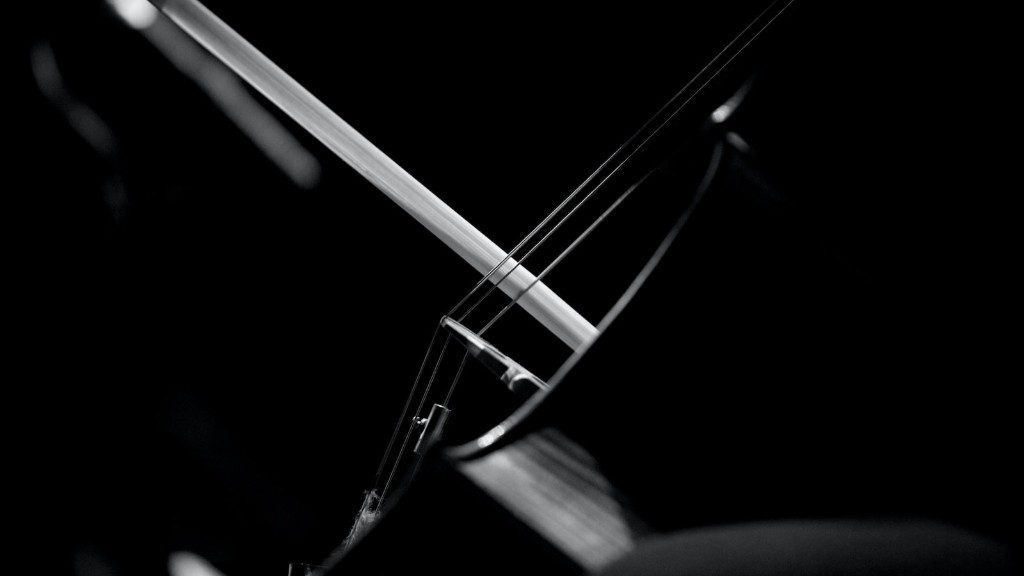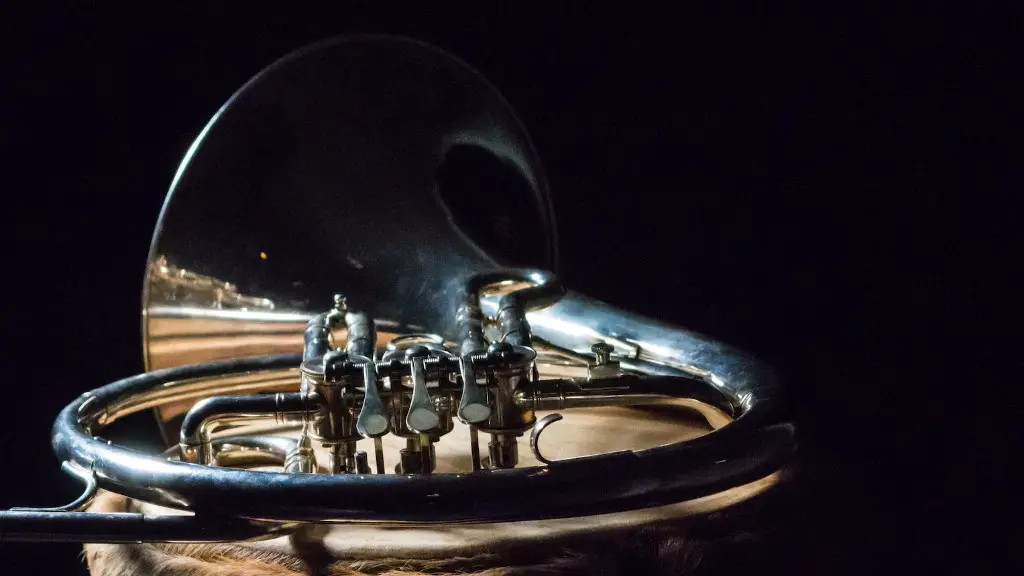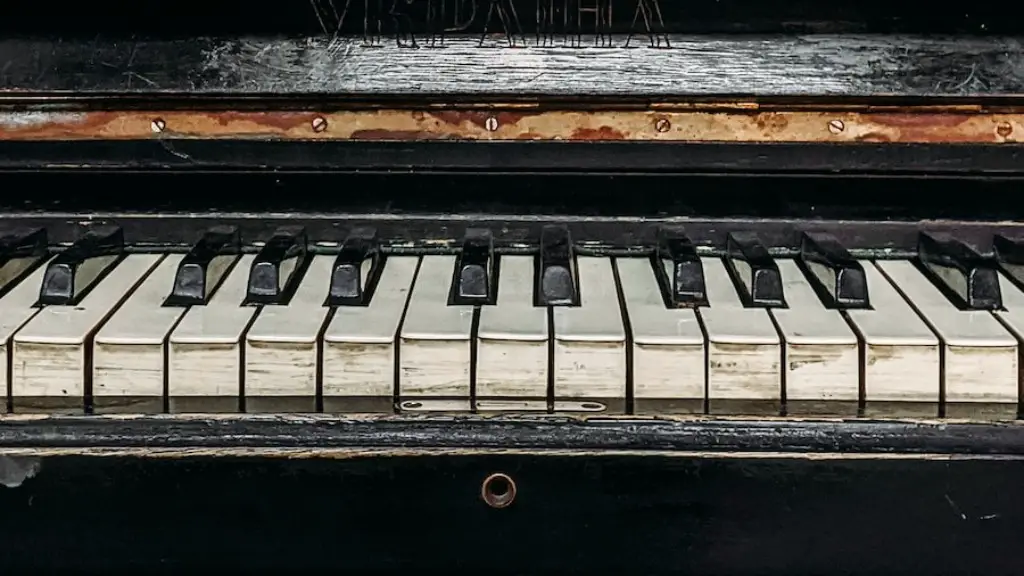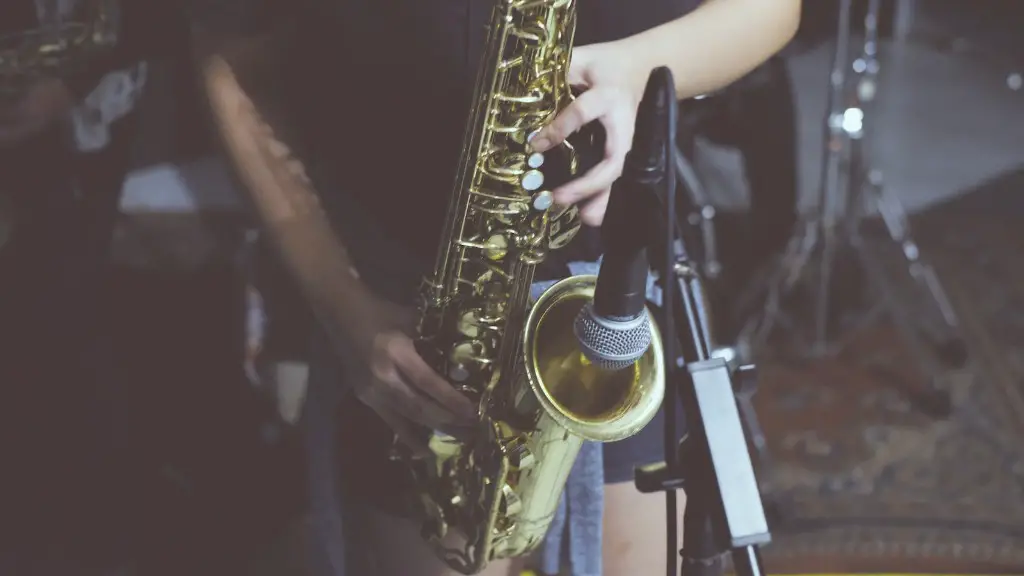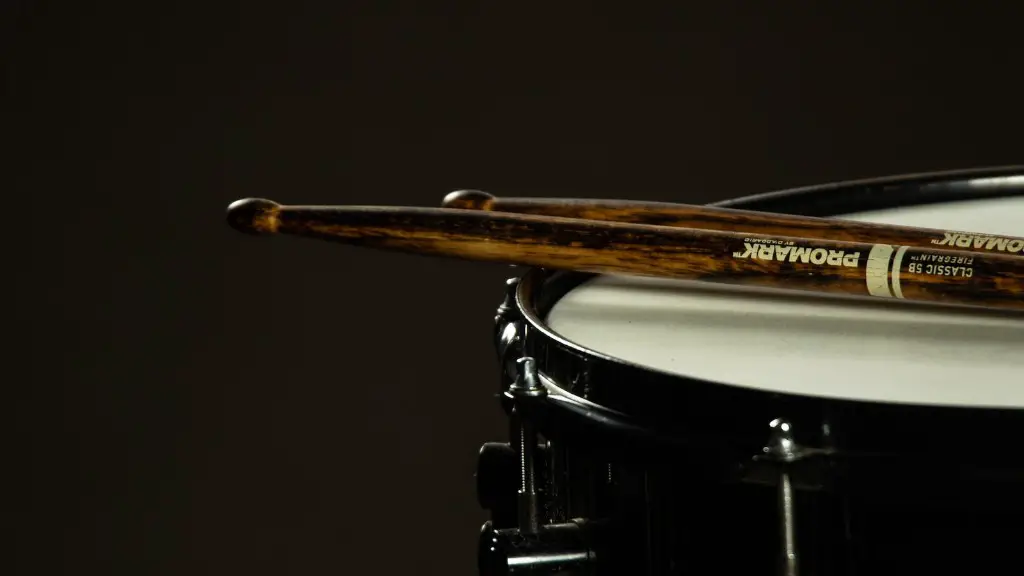Playing the cello bow is an essential part of learning to play the cello. It is important to understand how to hold the bow correctly, as well as how to use it in order to create a beautiful sound.
The first step in learning how to play the cello bow is to make sure that your hand and arm position are correct. Your hand should be curled slightly around the frog of the bow, with your thumb resting on top of it. Make sure that your wrist is relaxed and straight, while your elbow is slightly bent.
Next, you need to learn how to move the bow correctly. Start by drawing a slow and steady arc across the strings of the cello, making sure not to press down too hard. As you become more comfortable with this motion, you can increase your speed and pressure.
Finally, practice playing different rhythms with your bow. You can do this by playing short notes or long notes, or by alternating between them. This will help you develop a better sense of timing and control over your playing.
By following these steps, you will soon be able to master the art of playing the cello bow. With practice and dedication, you will be able to create beautiful music on your instrument!
How To Make a Smooth Bow Stroke on Cello
Making a smooth bow stroke on the cello requires practice and finesse. To do so, begin by gripping the bow with your thumb and index finger, leaving your middle and ring finger to support the bow. The bow should be placed at an angle of about 45 degrees to the strings. Keep your arm loose and use your elbow as a fulcrum, gently applying pressure with your hand to make the bow strokes smooth. As you move the bow across the string, be sure to keep it parallel to the bridge of the cello. This will ensure that you get an even sound from each string. Additionally, use a light touch when playing open strings so that they don’t buzz or scratch. With practice, you will be able to make a beautiful, smooth tone with your cello bow!
How To Use the Right Amount of Pressure When Playing Cello Bow
Using the right amount of pressure when playing the cello bow is key to producing a smooth, beautiful sound. You don’t want to use too much pressure, which will produce a harsh sound, or too little pressure, which won’t create enough sound. The correct amount of pressure will also help you maintain control and accuracy when playing.
To start, hold your bow in your right hand and hold it in the mid-point between the frog and tip. Place your middle and ring fingers on top of the stick while keeping your index finger off the bow. Your thumb should be placed at the bottom of the stick. Make sure to keep your arm relaxed and bent at a 90-degree angle at the elbow.
The amount of pressure you need to apply depends on how loud or soft you want to play. For a softer sound, apply only light pressure with your fingers while drawing the bow across the strings slowly. For a louder sound, increase the amount of pressure applied with your fingers while drawing faster across the strings with more strength from your arm and shoulder muscles.
Practice using different amounts of pressure until you get used to what sounds best for each piece you’re playing. As you become more experienced with cello playing, finding and maintaining just the right amount of pressure will become second nature.
Developing a Steady Rhythm on the Cello Bow
Developing a steady rhythm on the cello bow is an essential skill for any cellist. It requires precision and practice, but with the right guidance, it can be mastered. To begin, one must understand the basics of how to hold and move the bow. It is important to keep your wrist relaxed, your elbow close to your body and to maintain a firm grip on the bow without squeezing too hard. Additionally, you should develop an even pressure on both sides of the bow hair so that it produces a consistent sound.
Once you have a good grip on the bow and understand how it works, it is time to focus on developing a steady rhythm. Start by finding a comfortable tempo that you can maintain for several minutes then gradually increase or decrease your speed as needed. Focus on keeping a consistent pace and maintaining proper posture throughout. You may also want to experiment with different bowing techniques such as legato or staccato in order to achieve different sounds and rhythms. Finally, take time to practice with metronomes in order to help keep your tempo steady and consistent.
With dedication and practice, you will be able to develop a steady rhythm on the cello bow that will improve your overall playing technique and sound quality. Don’t be afraid to experiment with different bowing styles or tempos in order to find what works best for you!
Different Types of Bowing Techniques (How To Play Cello Bow)
When learning how to play the cello bow, mastering the different types of bowing techniques is essential. There are four main families of bowing techniques: legato, staccato, spiccato, and martelé. Legato bowing involves a smooth, continuous motion across the strings without any breaks in between notes. This creates a lyrical sound that is often used in slower pieces of music. Staccato is similar to legato but with small breaks between each note, creating a more percussive sound. Spiccato involves bouncing the bow off the string to create an articulate and dynamic sound. Finally, martelé is a technique which uses very heavy strokes to create a dramatic accentuated sound.
Practicing all of these bowing techniques will help you gain complete control over your instrument and allow you to express yourself through music with more ease and confidence. With practice and patience, any musician can learn how to use these different bowing techniques effectively!
Tips For Maintaining Your Cello Bow
Proper maintenance and care of your cello bow is essential for achieving optimal sound and performance. Here are some tips to help keep your bow in top condition:
Clean the Bow Hair: Before each use, gently brush the bow hair with a soft cloth or brush to remove any dirt and rosin residue. This will help ensure that the bow’s ability to grip the strings is not hampered.
Check the Screws: Check the screws of your cello bow at least once a month to make sure they are not loose or damaged. If necessary, tighten them with a small screwdriver.
Avoid Extreme Temperatures: Excessive heat and cold can cause damage to your cello bow, so be sure to store it in a temperature-controlled environment when not in use.
Keep It Dry:
Moisture can cause damage to your cello bow, so be sure it is kept dry at all times. Wipe it down with a dry cloth after each use, and keep it away from humid areas when storing it.
Replace worn Hair:
When you notice that the hairs on your cello bow are starting to look worn or frayed, take it to a professional for rehairs as soon as possible. This will help
Common Mistakes When Playing the Cello Bow
Playing the cello bow can be a difficult task for beginners. Incorrectly holding the bow, using too much pressure on the strings, and bowing out of sync with the music are all mistakes that can occur when playing.
The most important thing to remember when playing is to make sure you are correctly holding the bow. The frog (the part of the bow near your hand) should be held comfortably in your hand, and your forearm should be perpendicular to the strings. Your wrist should be relaxed and slightly bent while playing. Using too much pressure on the strings will result in a scratchy or harsh sound.
To ensure that you are playing in sync with the music, practice counting out loud before playing a piece. This helps keep your timing consistent as you play. Additionally, practice bowing on open strings to get used to how it feels – don’t rush yourself!
It takes time and practice to master playing the cello bow, but by being mindful of these common mistakes you can quickly improve your technique and sound great!
Closing Words
Playing the cello bow is an important part of playing the cello. Learning how to hold the bow correctly and move it in a smooth, even motion is essential for producing a beautiful sound. Knowing how to use different types of bowing techniques will help you create more interesting and varied music. Finally, it’s important to practice regularly to build up your strength and control. With enough practice, you’ll be able to play the cello bow with confidence.
